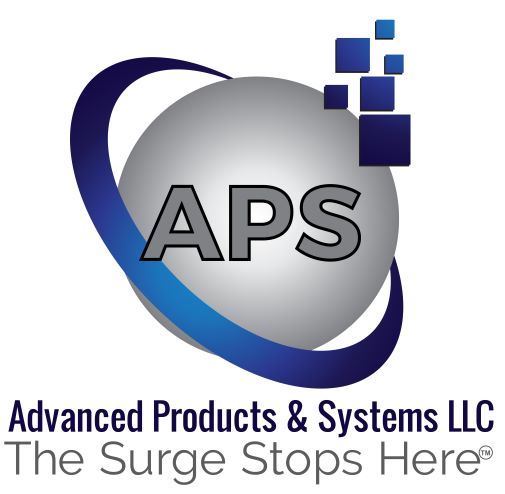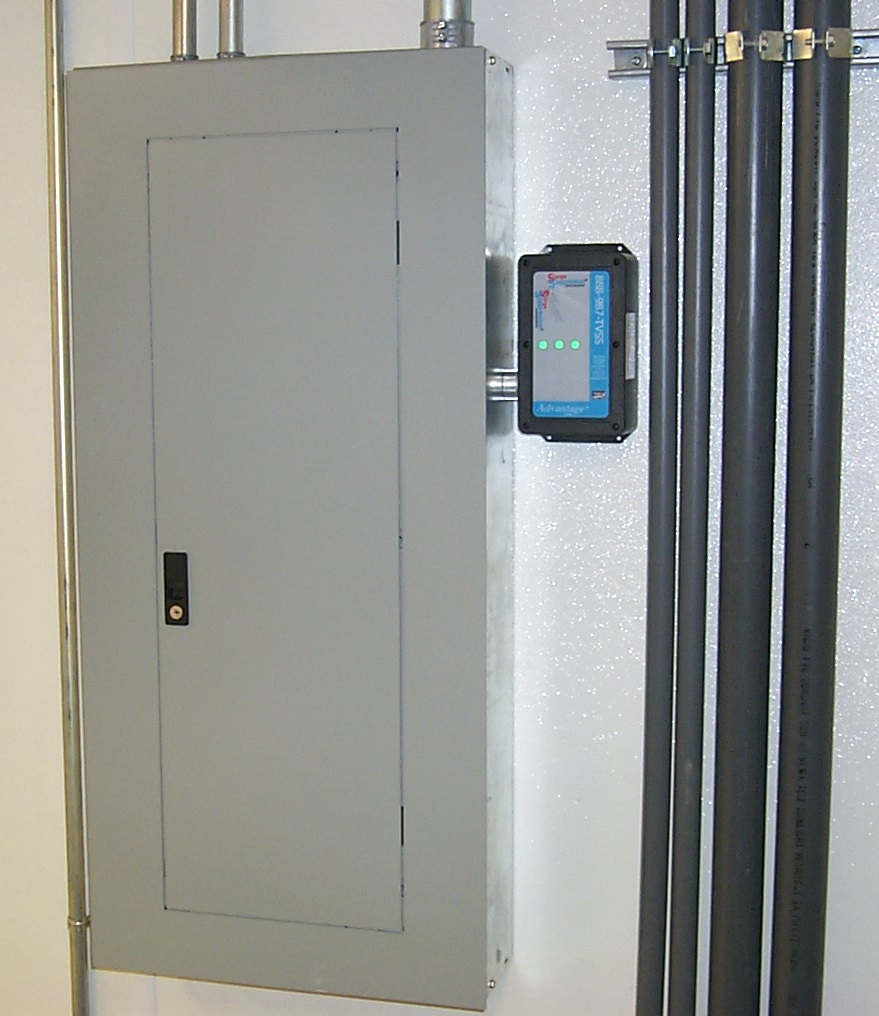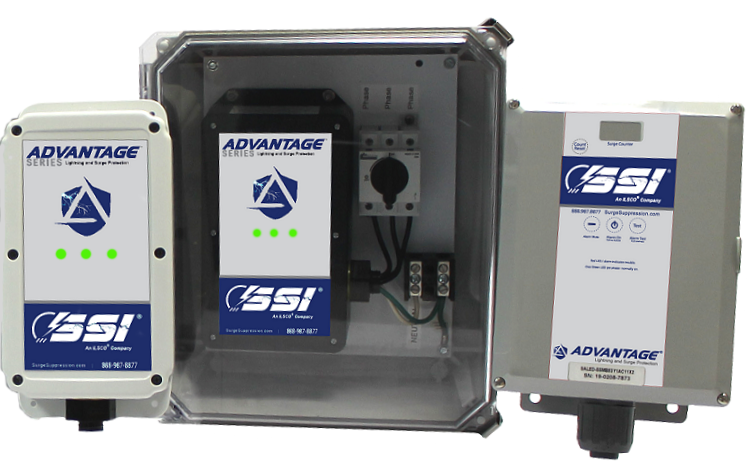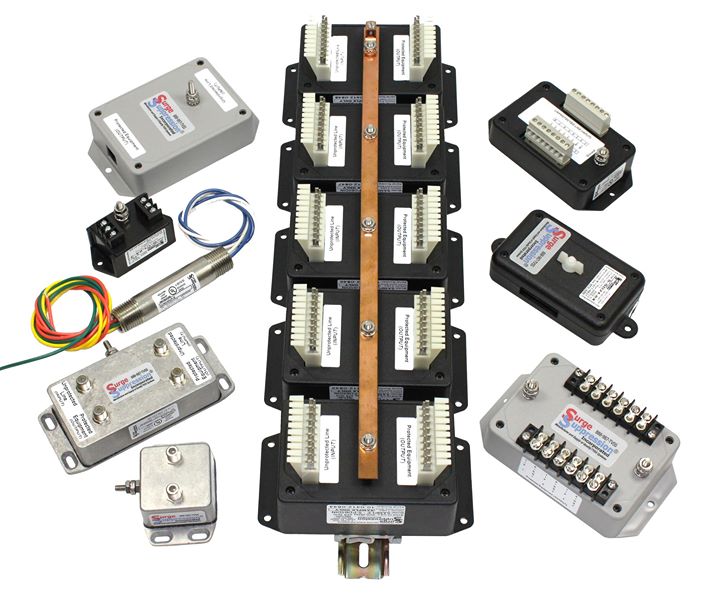Best Surge Protector Ratings and Reviews
What exactly are Surge Protector Ratings? What information should be included to help determine a quality surge protective device (SPD) when reviewing?
Although there are categories that are pretty standard for reviews, it can vary depending on who’s marketing material you’re studying, who's website you're viewing and the type of SPD in question.
Overall, the purpose of this data is to provide an overview of safety and capabilities for a particular SPD. Typically, surge protector ratings and reviews are used to compare and contrast competing devices.
Generally... surge protector ratings data for reviews may include:
Power Protection Devices
- Clamping Voltage
- Energy Absorption/Joules
- Reaction Time
- Modes of Protection
- Short
Circuit Ratings (SCCR)
- Voltage Protection Ratings (VPR)
- Circuit Interruption/Fusing
- Peak Surge Current
- Insertion Loss
- Filtration Technology
- MCOV
- Type
- Let-Through Voltage (Performance)
- Certifications
- Warranty
Data Line & Telecom Line Protection Devices
- Modes of Protection
- Peak Surge Current
- Max Operating Voltage
- Max Continuous Operating Current
- Data Rate
- Resistance
- Let-Through Voltage (Performance)
- Certifications
- Warranty
Surge Protector Ratings: Data We Focus On
With over 30 years of SPD design, SPD testing and in-the-field experience, we're confident we know what to look for when reviewing surge protector ratings. We're comfortable navigating through the confusing world of marketing material and spec sheet information.
As listed above, a number of characteristics can be used to create Surge Protector Ratings. We focus on characteristics and data that experience shows are the most effective and reliable in the SPD evaluation process (with or without having tested the device).
Data Focus: Power SPDs
Power SPDs include hardwired panel (type 1-2), individual equipment (type 2CA) and plug-in (type 3) devices.
Peak Surge Current
This is determined by the highest single shot a SPD can withstand without failure or degradation. This will vary per device type usually depending on it's intended install location (C,B,A). This rating will also very depending on device design. The higher the rating, the more robust the device.
MCOV
MCOV or Maximum Continuous Operating Voltage is the maximum voltage allowable before a voltage responsive design begins to operate (clamp). Typically, this is 115-125% of nominal system voltage. We don't recommend MCOVs less then 115%.
VPR
VPR or Voltage Protection Rating is a byproduct of UL 1449 Safety Standard. The test results in let-through voltage (MLV or Measured Limiting Voltage). MLV falls into a range of predetermined values set by UL and represented by the UL VPR Table (330 volts, 400 volts, 500 volts, 600 volts etc). VPR is per mode and listed on Specification Sheets and SPDs.
Let-Through Voltage (Measured Limiting Voltage)
Let-Through Voltage is remnant voltage passing through a SPD into the electrical system after a surge event. VPR provides a general range of what that voltage might be around. The VPR range does not provide a true performance score. SPDs that provide Measured Limiting Voltage (MLV) test results conducted by UL/CSA certified test labs reveal more accurate Performance Data.
Example:
- Let-Through Voltage/Limiting Voltage result = 300 volts: UL Listed VPR = 330
- Let-Through Voltage/Limiting Voltage result = 335 volts: UL Listed VPR = 400
- Let-Through Voltage/Limiting Voltage result = 399 volts: UL Listed VPR = 400
The MLV data helps determine a SPDs real world (installed) performance capability. This is one piece of information based solely on the units protection quality. Few manufactures provide Certified Performance Data.
SCCR
SCCR or Short Circuit Current Rating is the amount of available current that the SPD can be subjected
to and safely disconnect from the power source under short circuit
conditions. This rating can vary between devices and device types. The highest SCCR is 200 kAIC.
Modes of Protection
Modes are a distinct set of wires protected by a SPD. Depending on the electrical system, the number of Modes can vary. Modes are classified as either Normal or Common.
- Normal Mode: Phase to Phase and Phase to Neutral
- Common Mode: Phase to Ground and Neutral to Ground
Many SPDs in the marketplace share components between modes as a protection design. This reduces performance, reliability and durability when compared to True or Discrete All-Mode Protection methodology. However, the trick is determining Discrete All-Mode from Reduced Mode when both are advertised as "All-Mode" Protection.
Advanced Filtration Technology
In addition to Threshold Clamping or Voltage Responsive Technology, some SPDs offer different forms of Filtration Technology to improve performance and protection capabilities. These filtration options can differ. The Filtration Technology we focus on is:
- SineWave Tracking
SineWave Tracking type designs are not EMI/RFI Filtration. SineWave Tracking circuitry reacts to changes in frequency. Its primary purpose is to defend against RingWave Surges.
Like Threshold Clamping or Voltage Responsive Technology, SineWave Tracking Technology will vary in quality and performance. This is determined by manufacturers design. Frequency Responsive CircuitryTM is an advanced SineWave Tracking Technology.
Fusing-Circuit Interrupt
Fusing or Circuit Interrupt capabilities of SPDs can vary by manufacturer. Different technologies and designs are used to address SPD operational safety concerns. Component Level Thermal Fusing and Internal Over Current Fusing are examples of fusing combination options. A number of manufactures use mechanical fusing designs. Mechanical parts move. Moving parts are susceptible to operational error or failure.
Safety Certifications
Safety Certifications are not required. However, they are beneficial and many engineers, associations and trade groups may not use a SPD without a Certification Marking/Seal. Safety Testing Organizations include UL, CSA, ETL and others.
Underwriters Laboratories (UL) is the most common in the United States. CSA, ETL and other safety certification organizations provide the same test requirements as UL. In the United States, all testing organizations fall under OSHA.
SPD Warranty
Reviewing the product Warranty can be a good way to help validate marketing materials and surge protector performance claims. However, it's important to read through the Warranty to understand what it actually provides for.
A Warranty should be straight forward and easily enforceable. It should cover manufacturing defects and operational failures incurred during the warranty period. Many SPD warranties only cover manufacturing defects.
Data Focus: Data Line & Telecom Line SPDs
Data and Telecom include: standard Telephone Line, T1, Coaxial, Ethernet (Cat5+) and others.
- Peak Surge Current
- MCOV
- Data Rate
- Modes of Protection
- Let-Through Voltage (Performance)
- Certifications
- Warranty
For additional information or to inquire about having a SPD tested to verify marketing data... please contact us.
|
|
The Right Surge Protectors. The Right Surge Protector Ratings

Get the right Surge Protector with the right Surge Protector Ratings.
Don't settle for anything less when it comes to protecting sensitive
electronics and electrical systems.
We provide High Quality, High Performance SPDs and SPD Options for real world applications.
Our gear is... often imitated... but rarely duplicated...
The Surge Stops HereTM
Get the Right Gear!TM
Return from Surge Protector Ratings to Best-Surge-Protector Home







